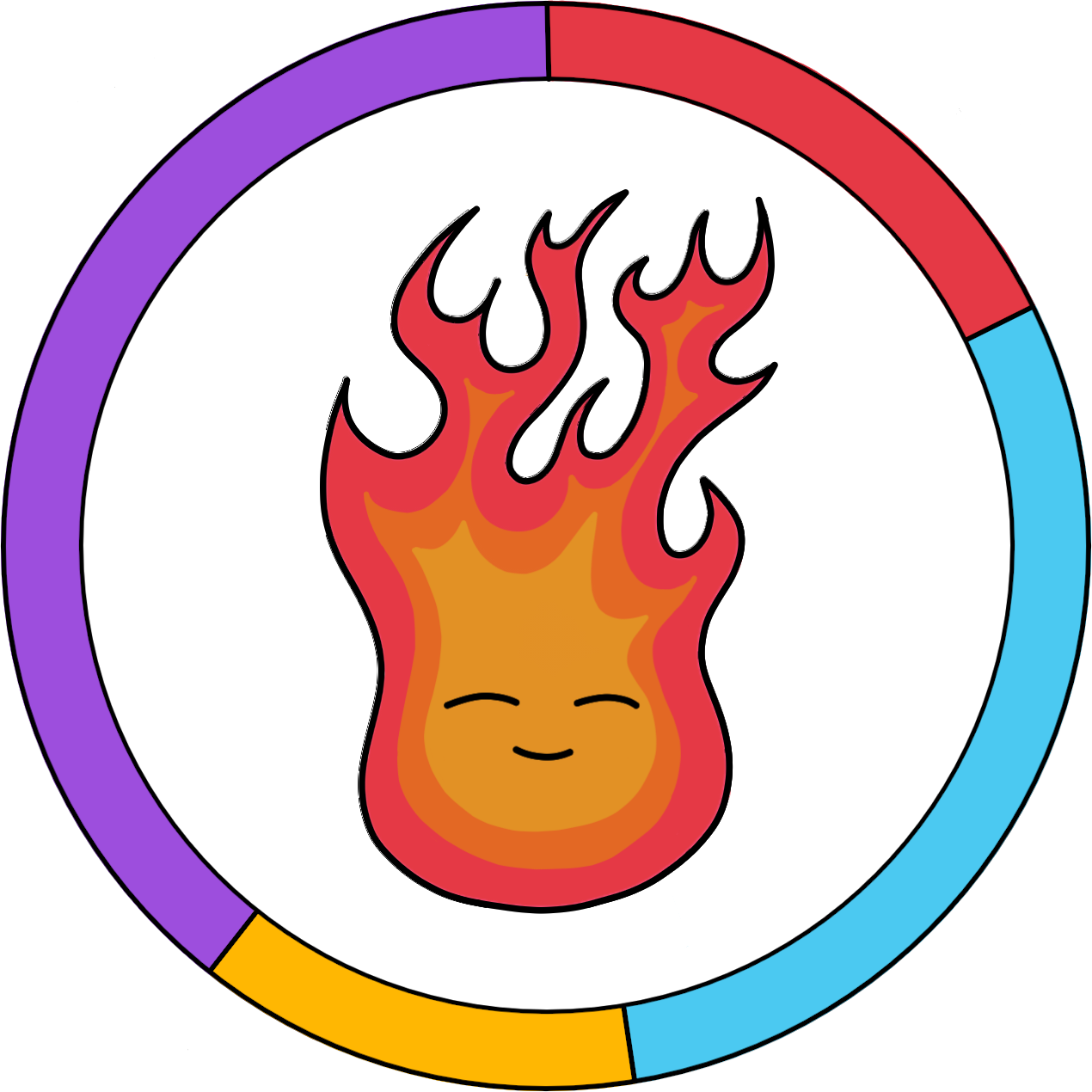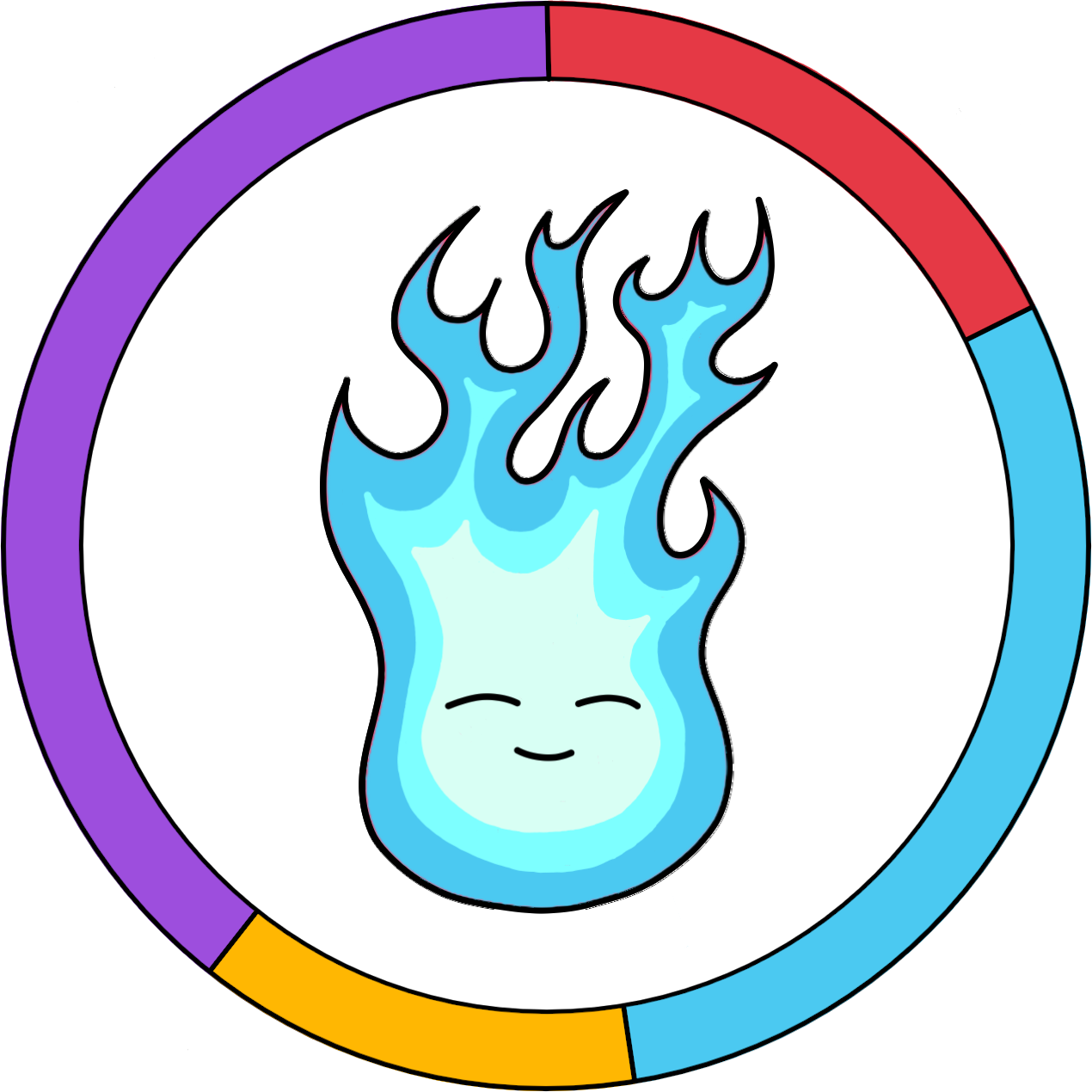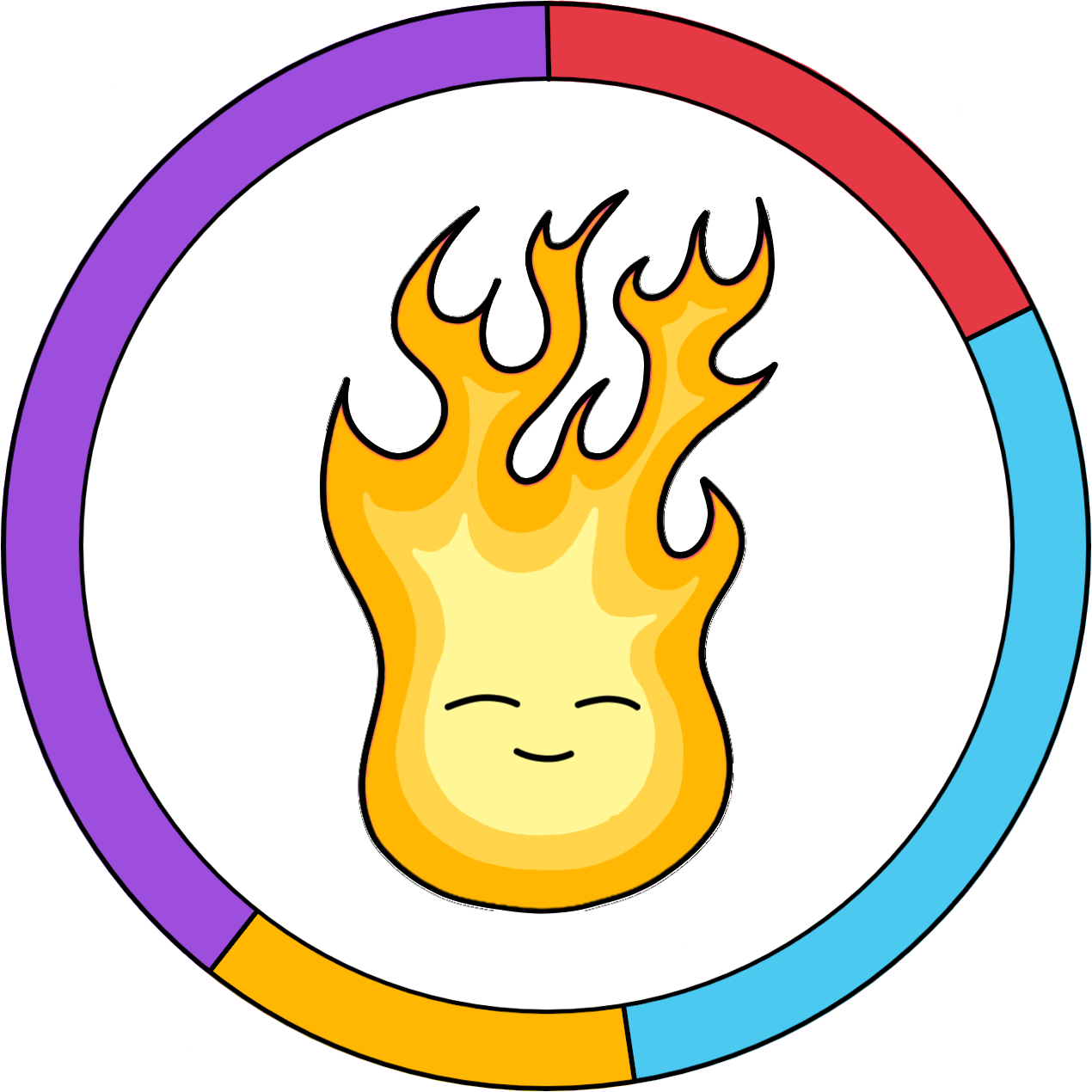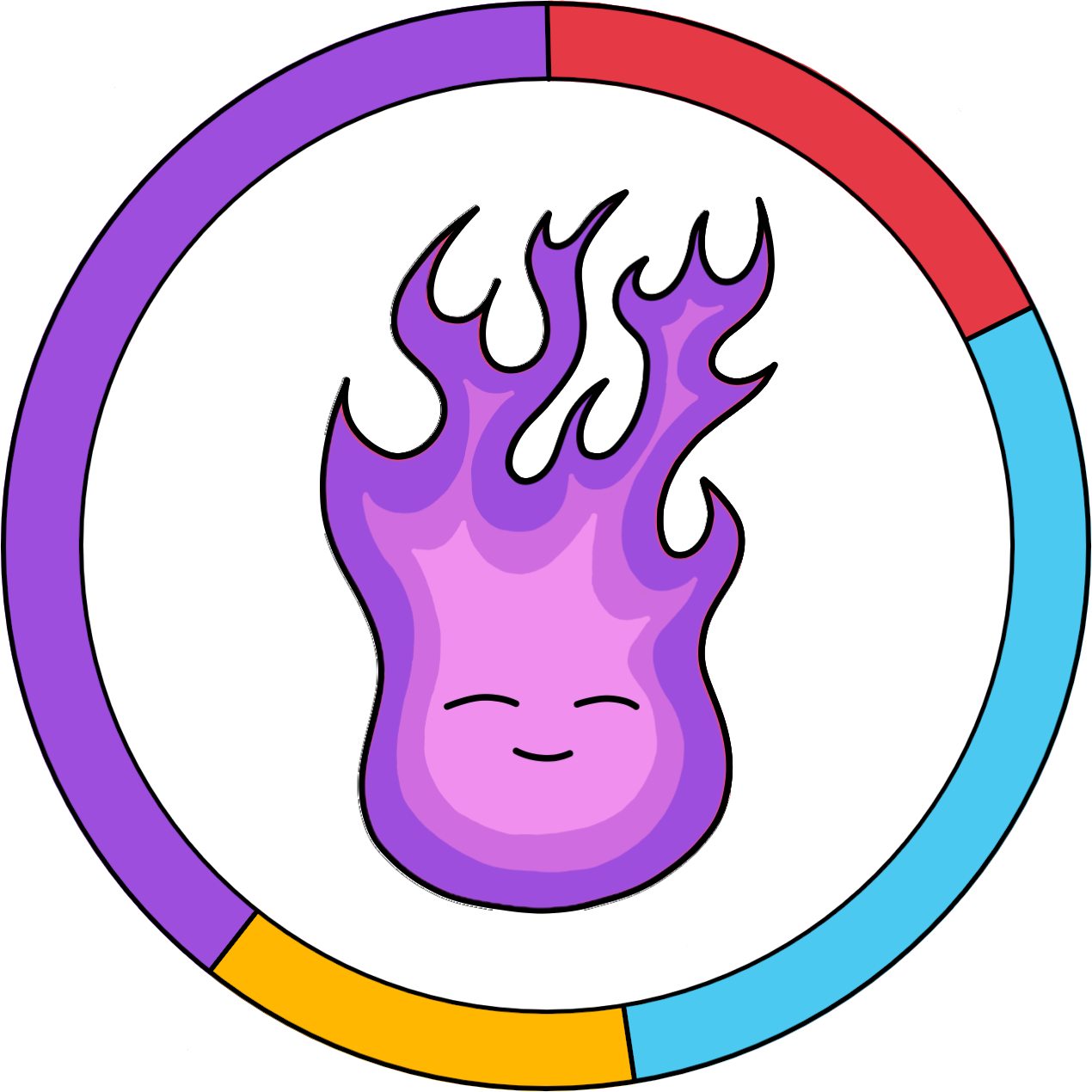Luteal phase
After ovulation, the body produces progesterone to prepare the uterus for a possible pregnancy. If fertilization does not occur, hormone levels drop and a new cycle begins with menstruation.
Common symptoms: breast tenderness, bloating, irritability, sugar cravings, premenstrual syndrome (PMS).
Tips: focus on relaxing activities, get enough sleep, eat complex carbohydrates (whole grains, potatoes, legumes), and reduce caffeine and refined sugars.
Ovulatory phase
Around mid-cycle, the mature egg is released from an ovary: this is the moment of peak fertility. Some people may notice changes in vaginal discharge or a slight abdominal twinge.
Common symptoms: increased libido, glowing skin, greater confidence and energy.
Tips: perfect for social and creative activities. Eat fruit, vegetables, and foods rich in zinc and B vitamins to support energy.
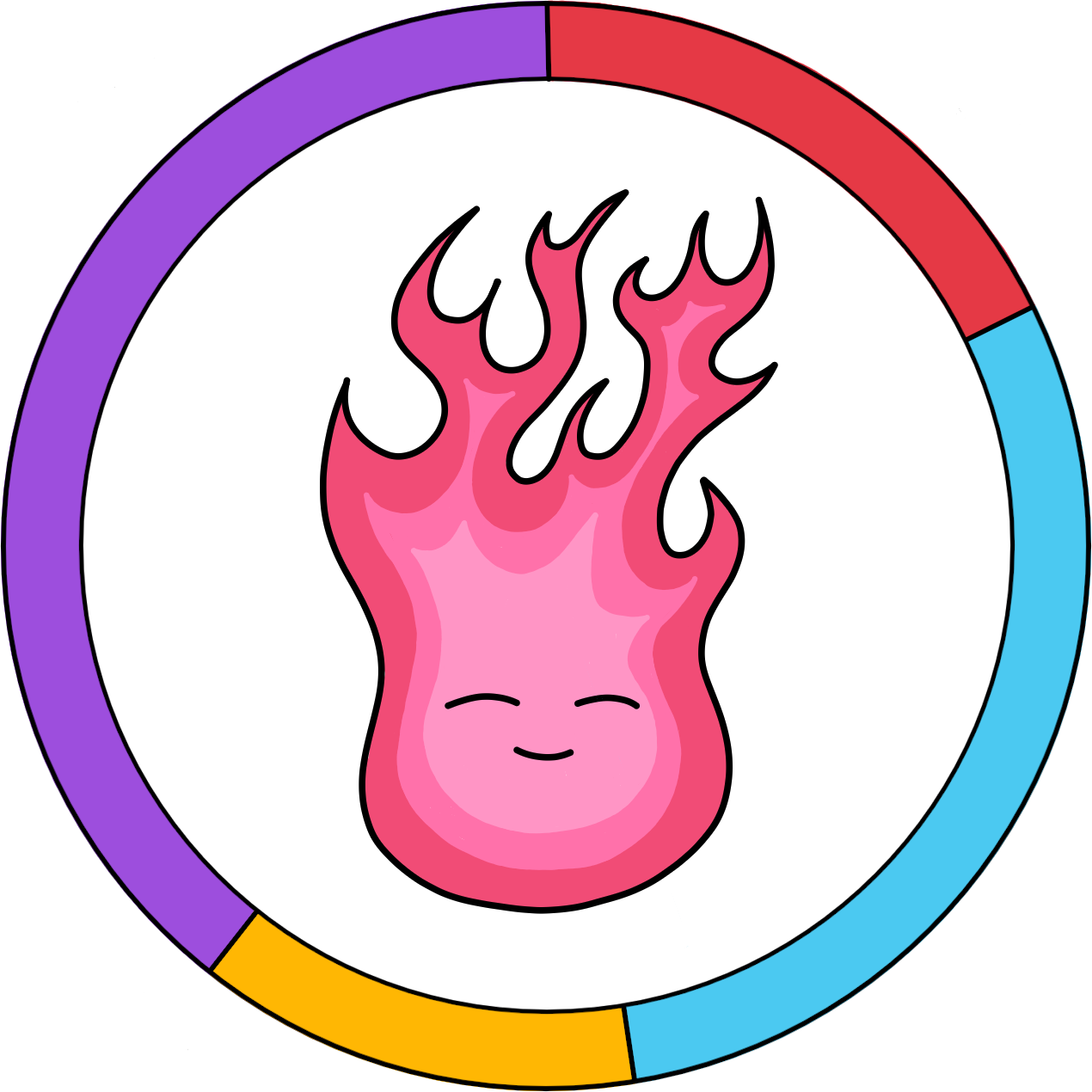
Menstrual phase
This is when menstruation occurs: the lining of the uterus (endometrium) is shed, causing the blood flow. It can last from 3 to 7 days.
Common symptoms: abdominal cramps, fatigue, headaches, mood swings.
Tips: rest, warm herbal teas, iron-rich foods (spinach, legumes, lean meat), and constant hydration. Gentle stretching or yoga can help reduce pain.
Follicular phase
In this phase, which begins on the first day of menstruation and lasts until ovulation, the body stimulates the growth of follicles in the ovaries. One of these will mature and become the egg to be released.
Common symptoms: increased energy, better concentration, more stable mood.
Tips: this is the ideal time for more intense physical activities, starting new projects, and following a diet rich in protein and fresh vegetables.
